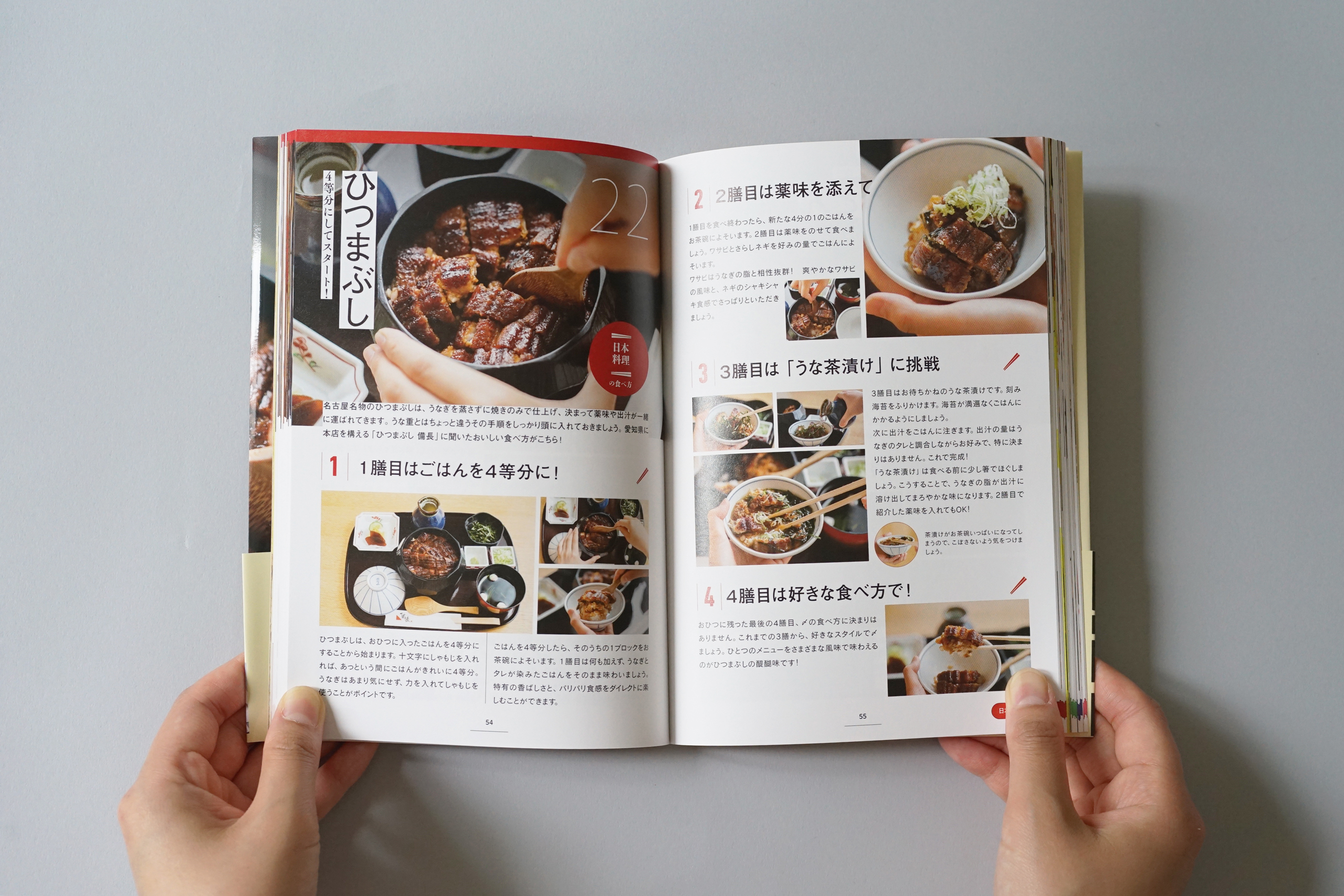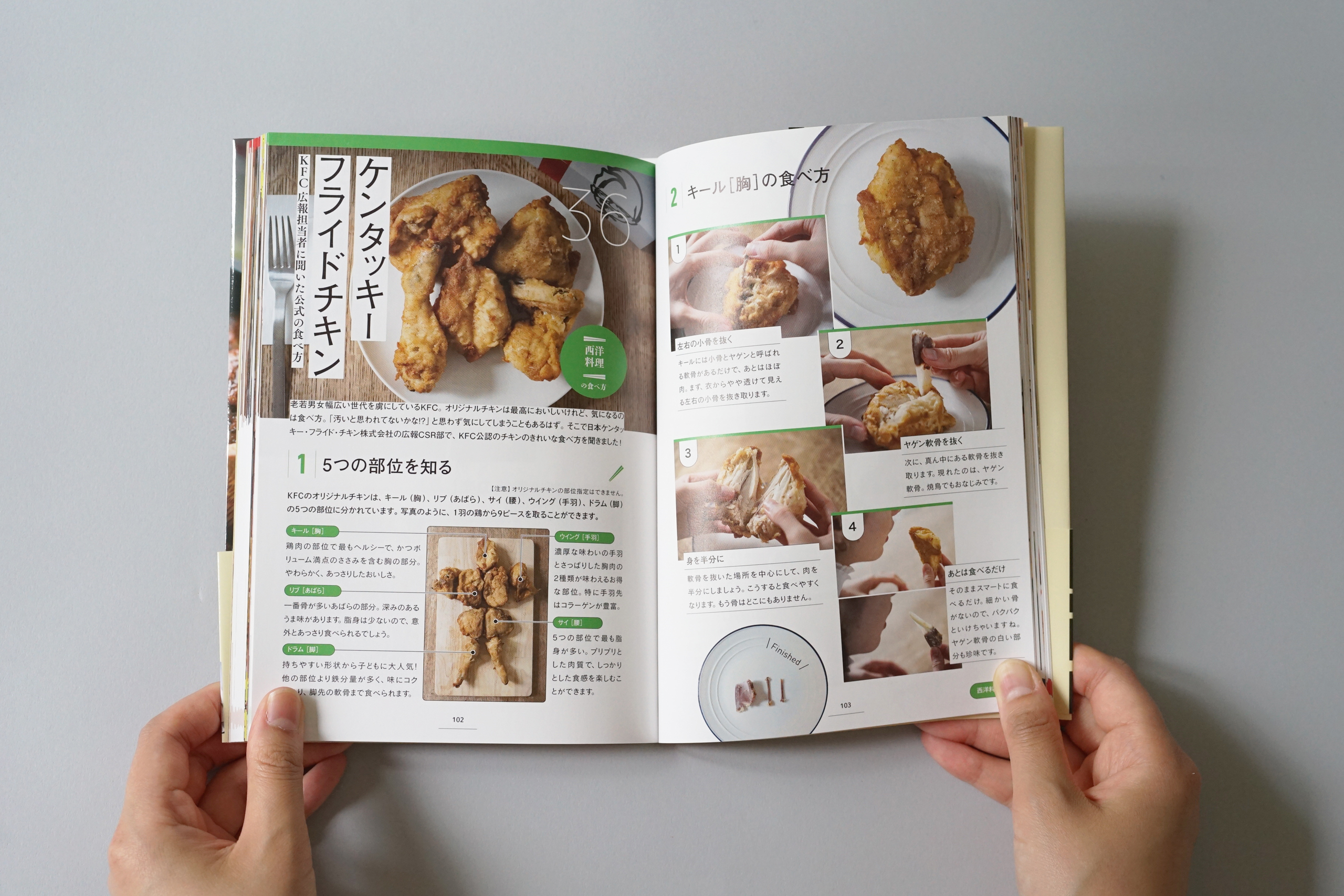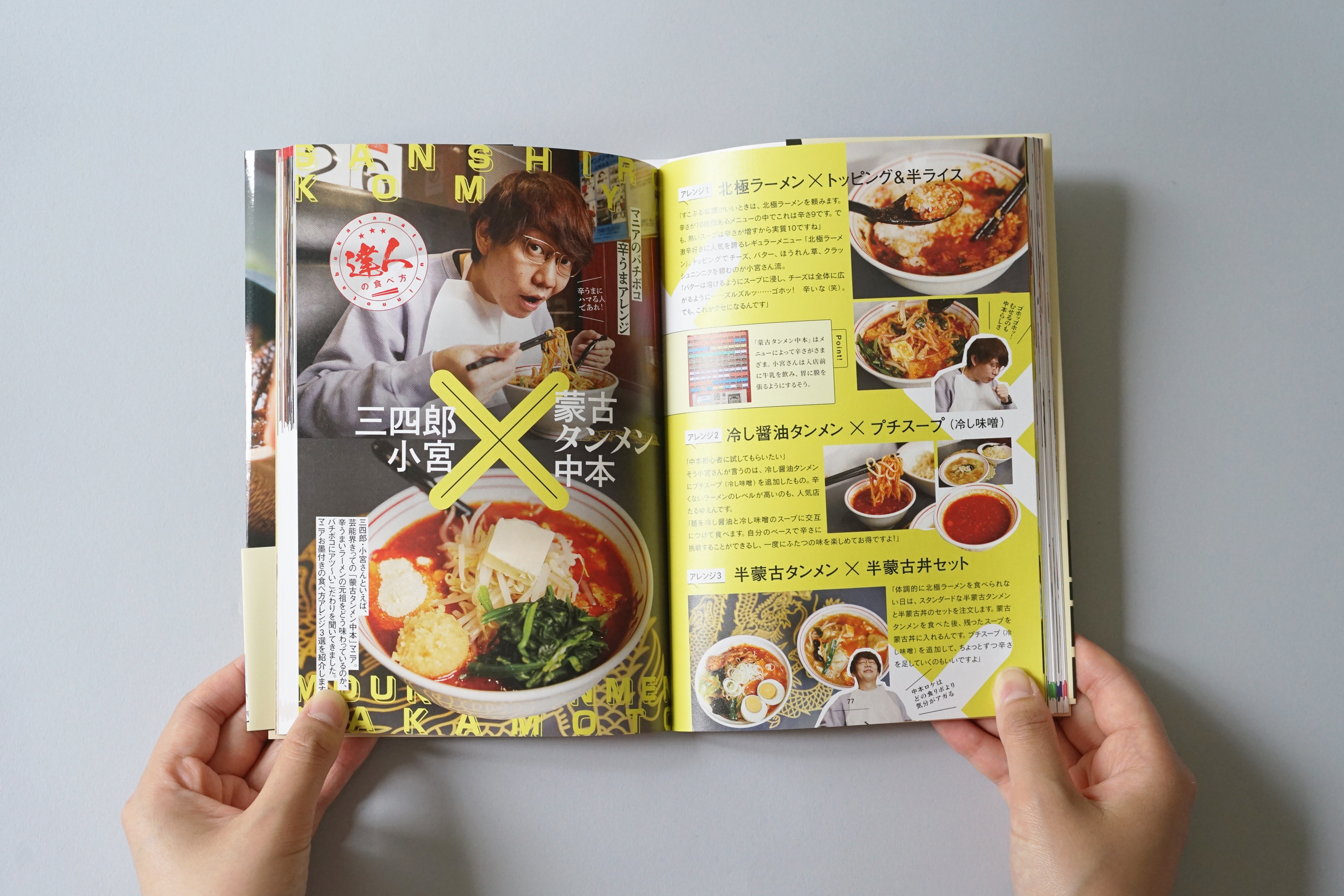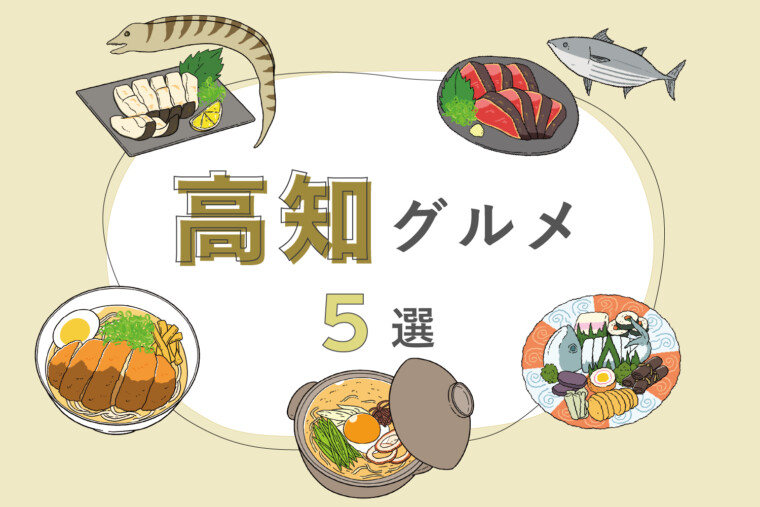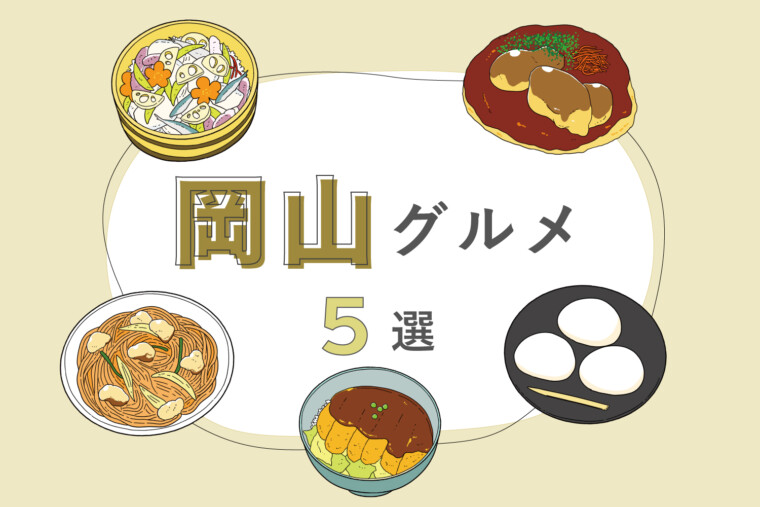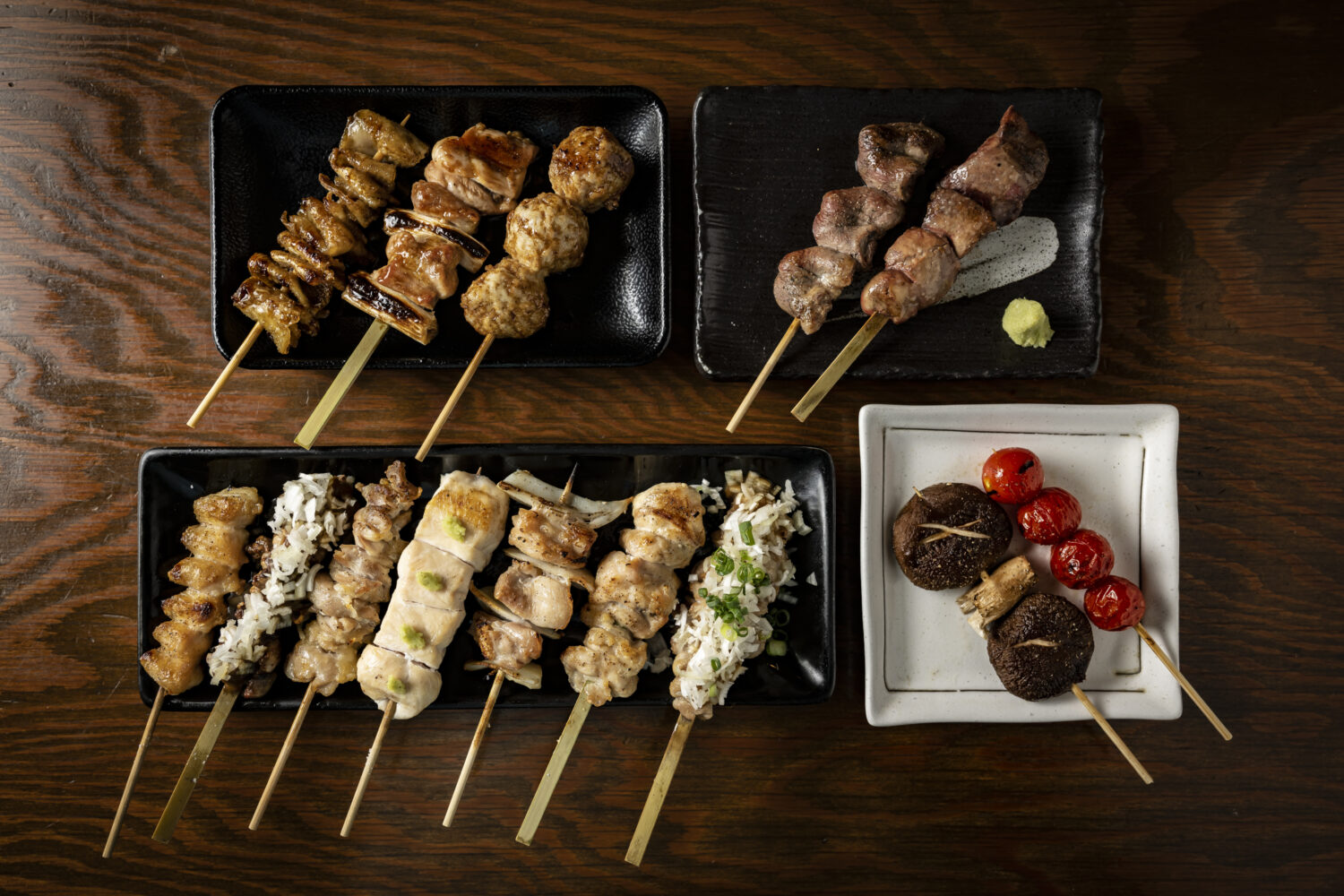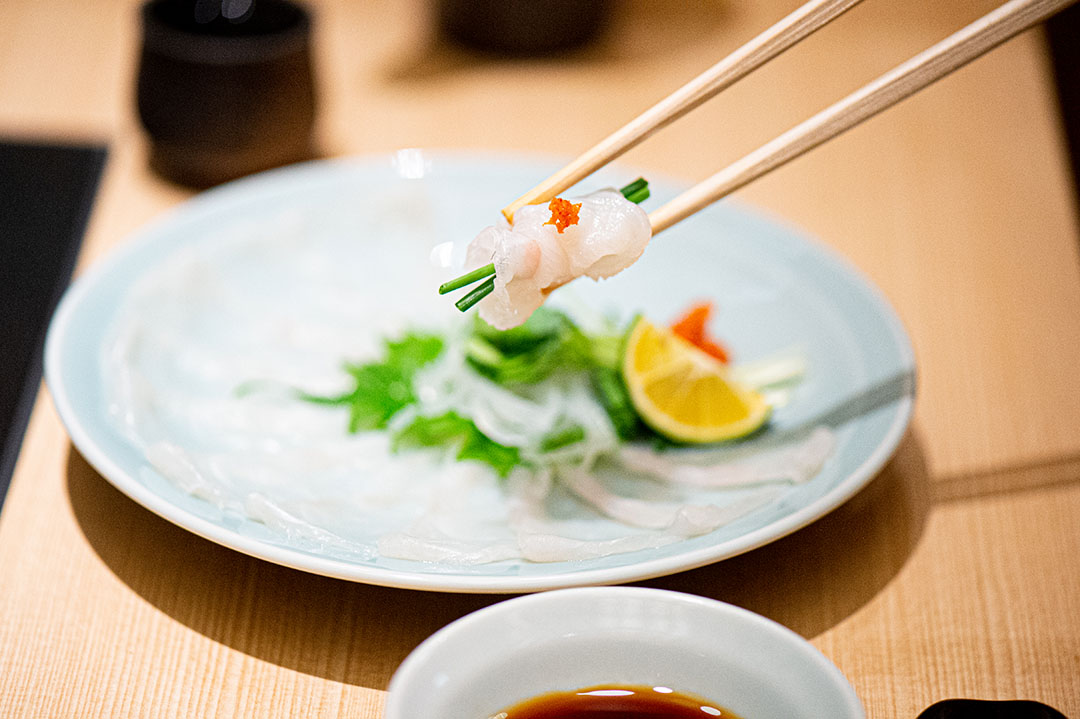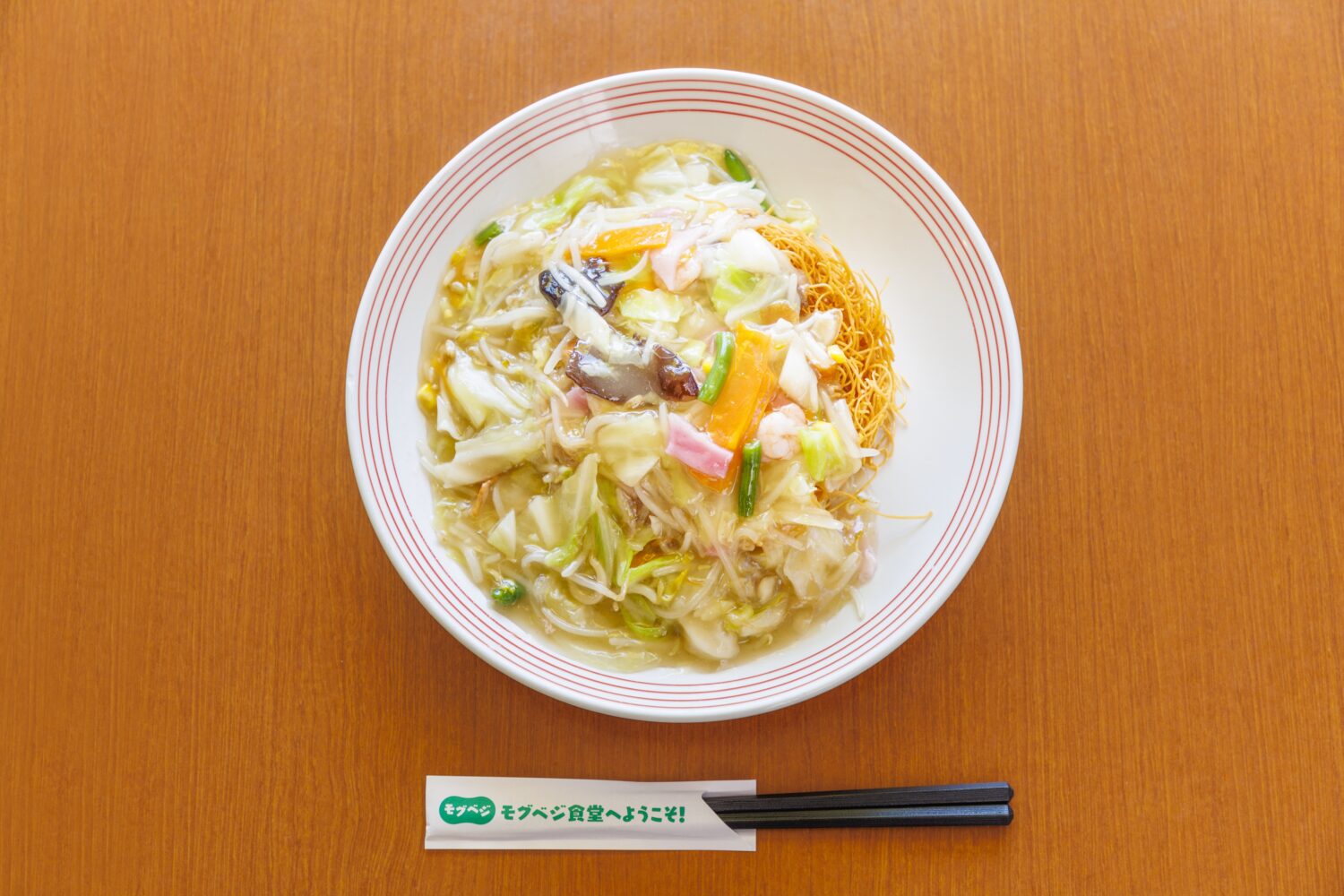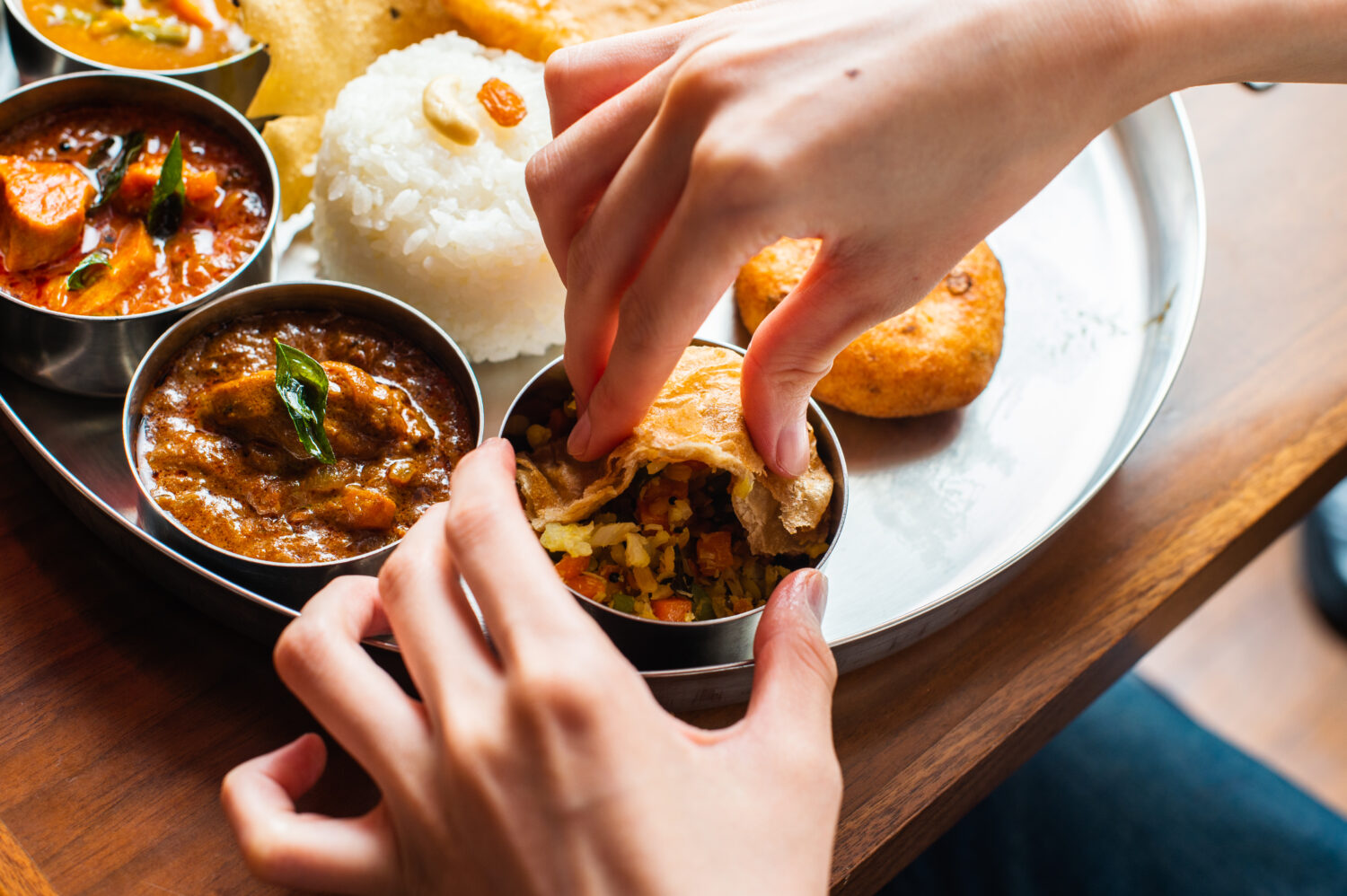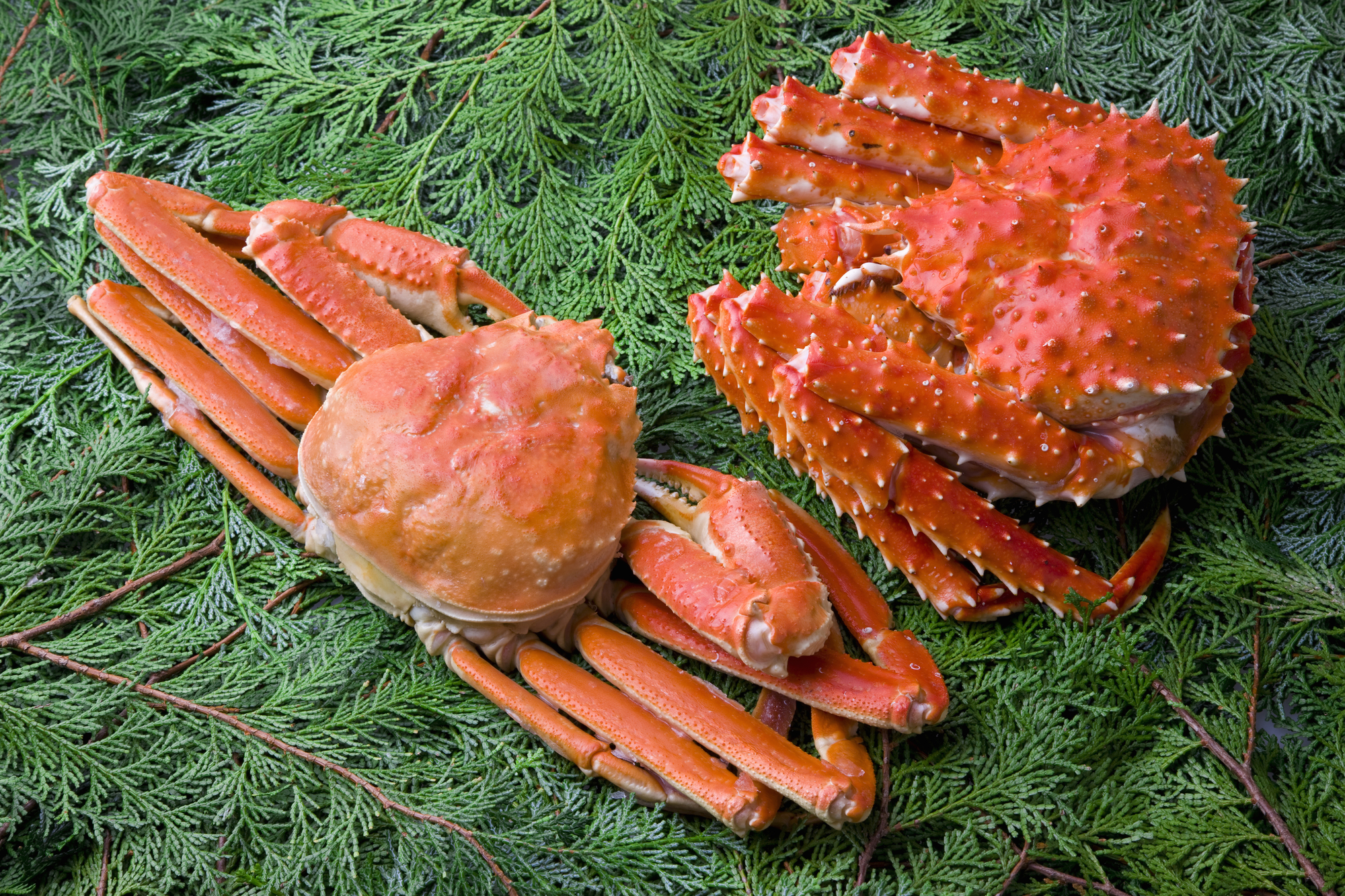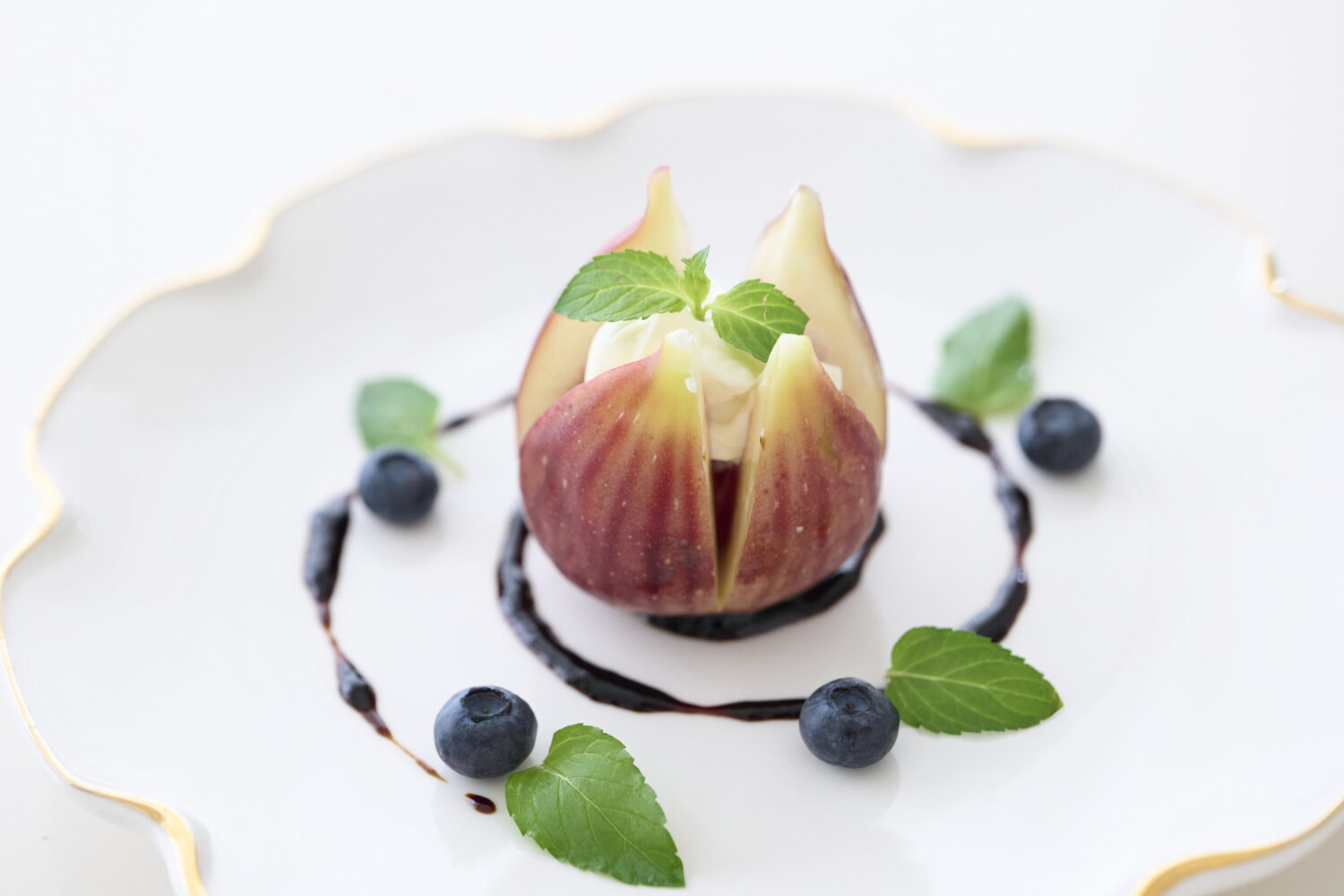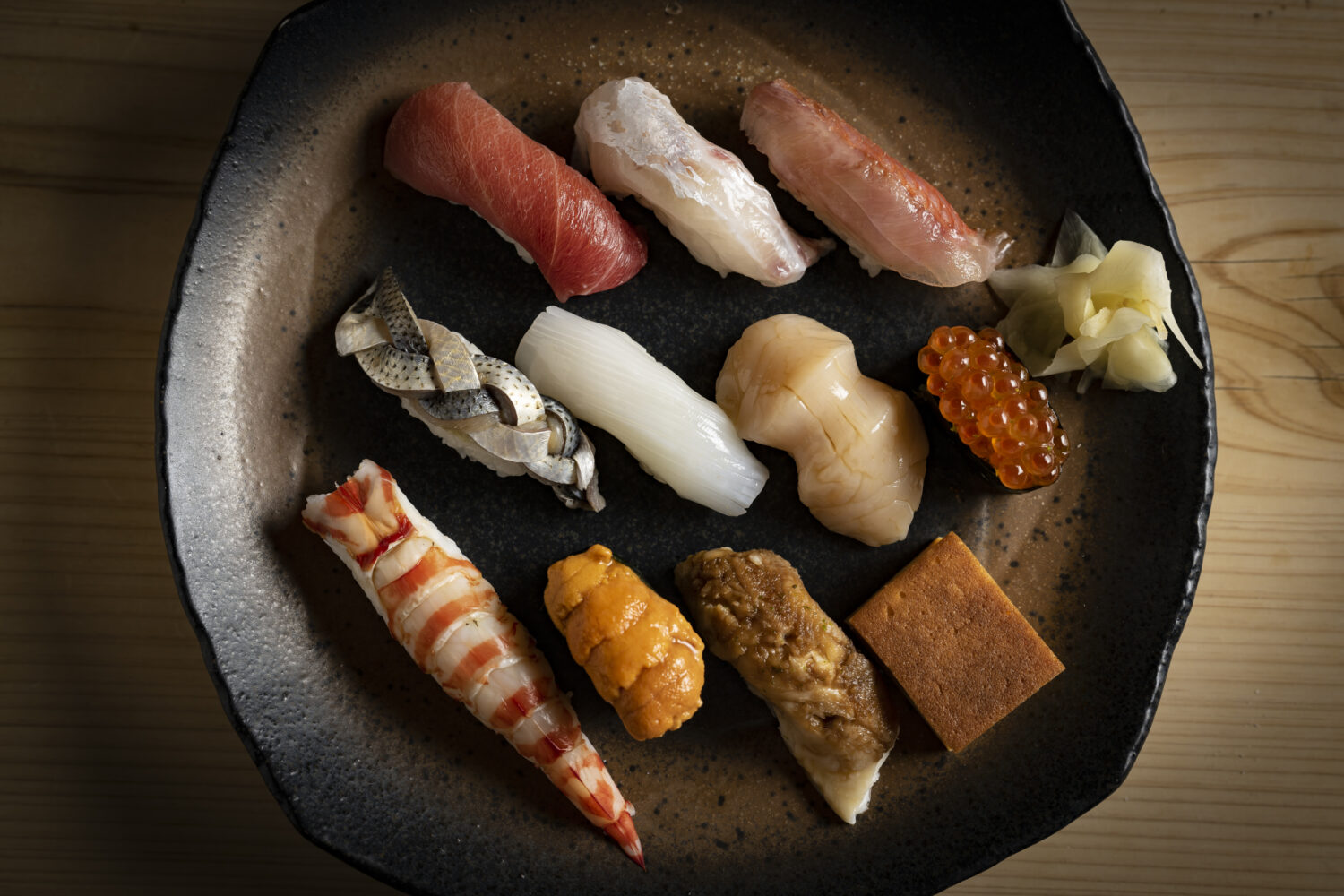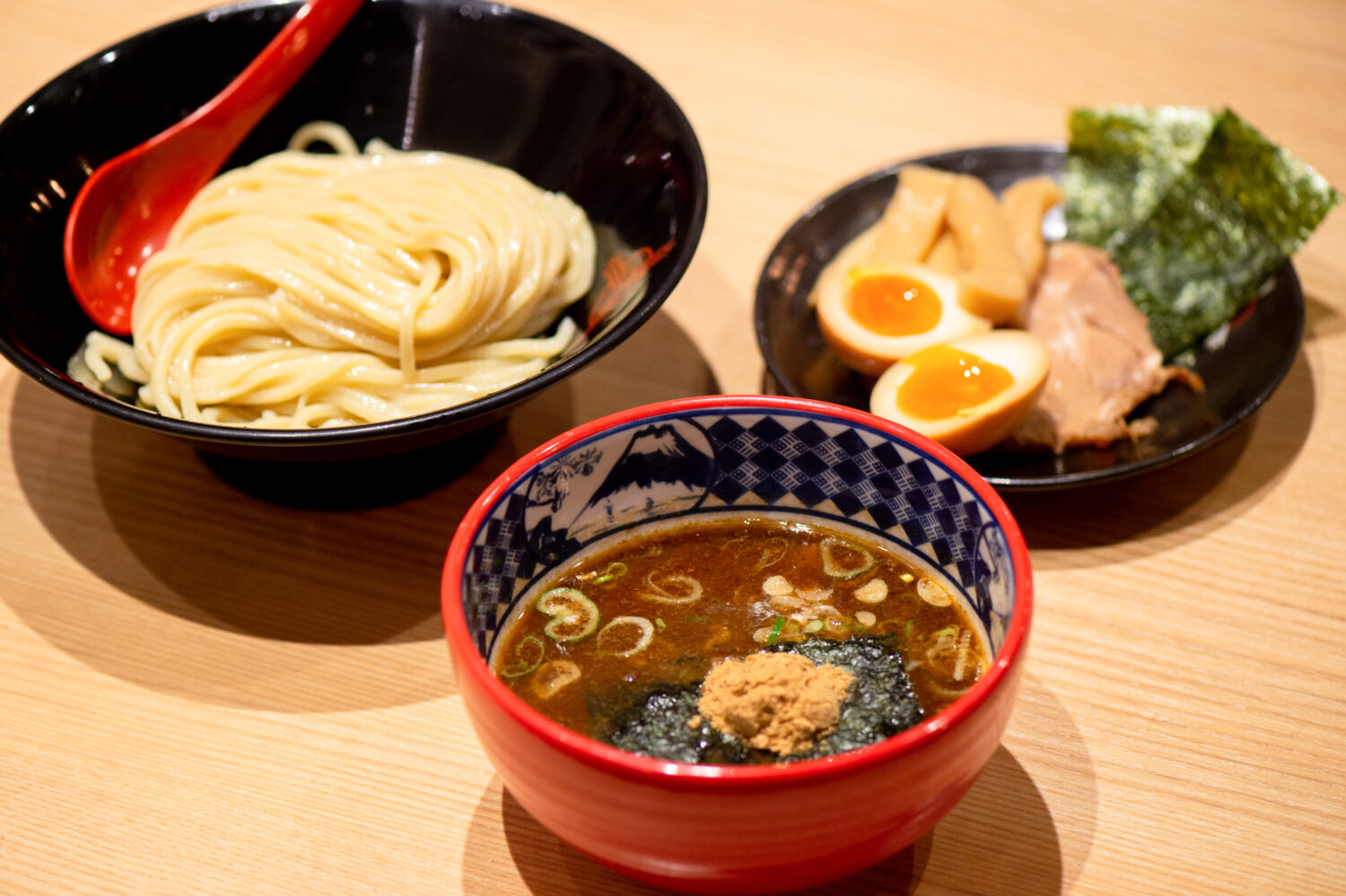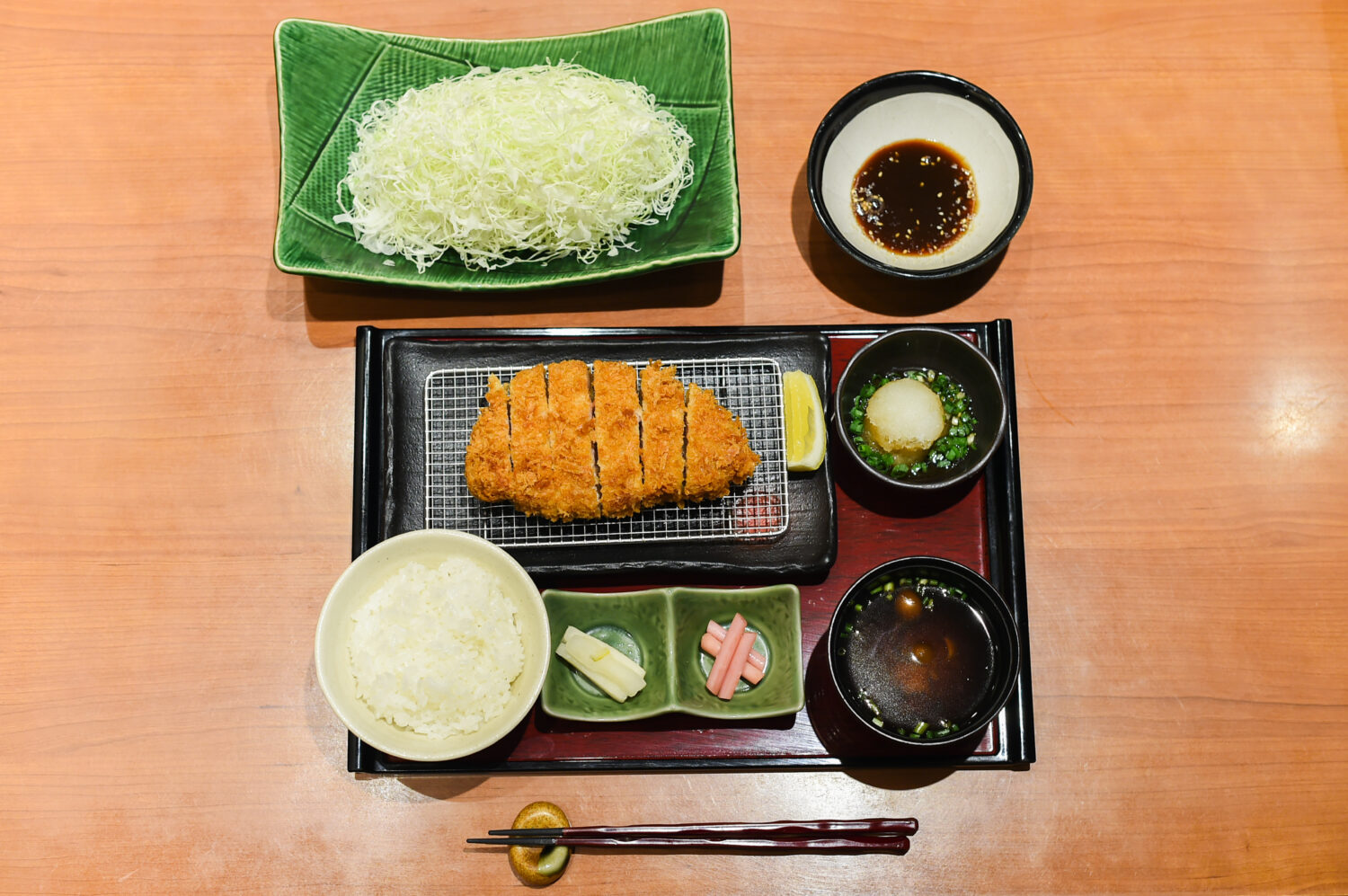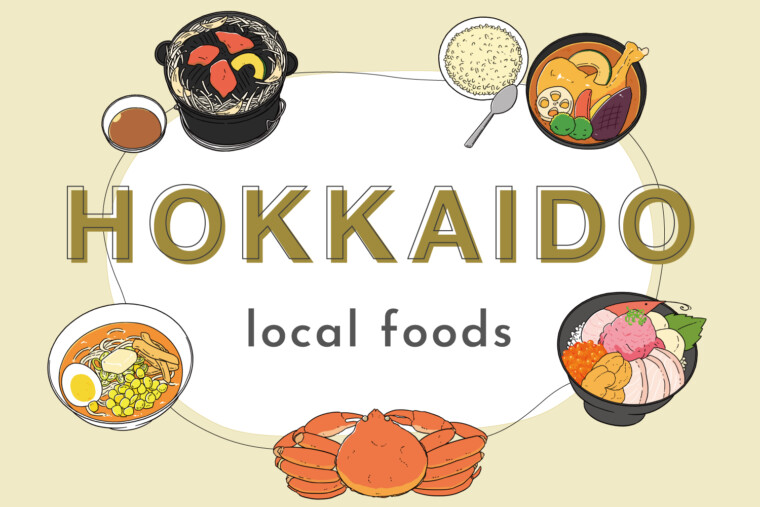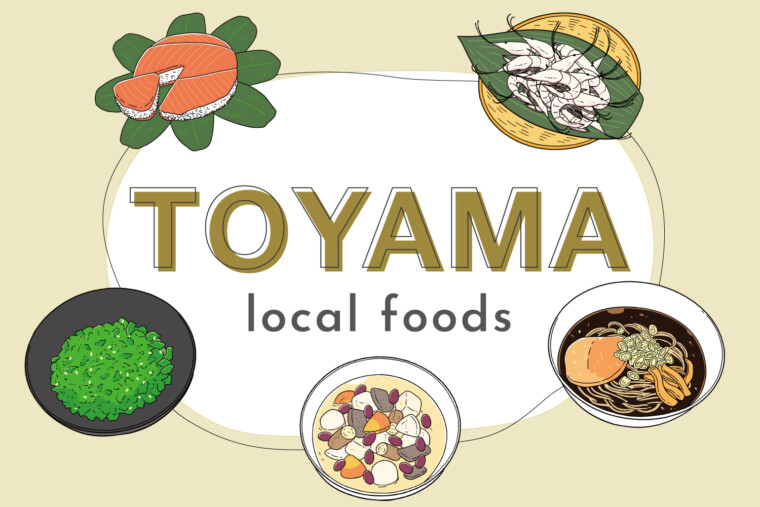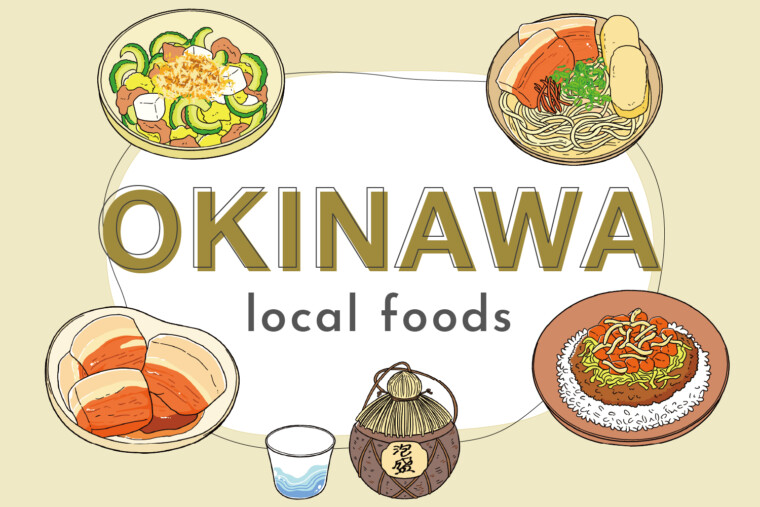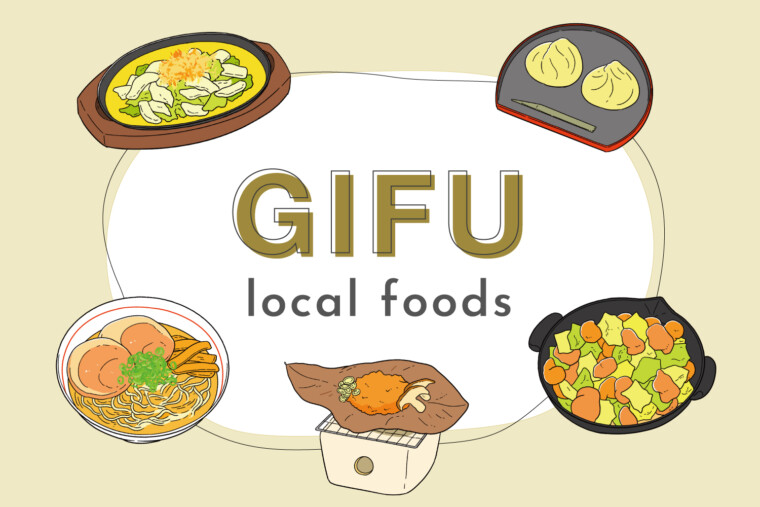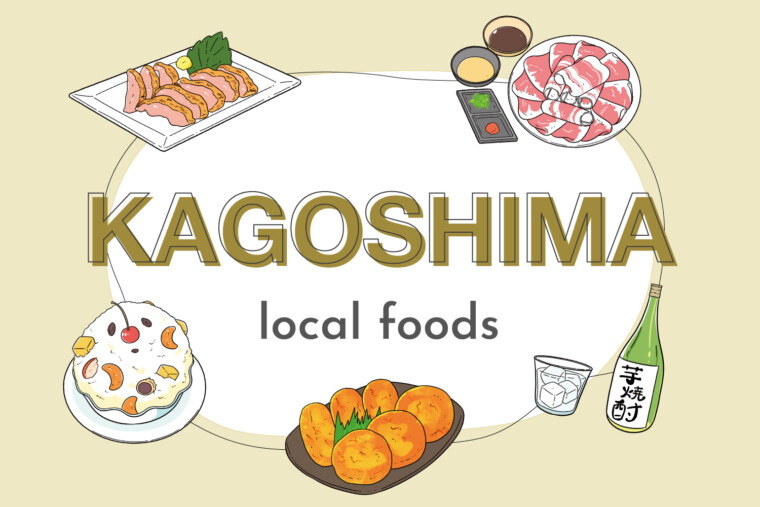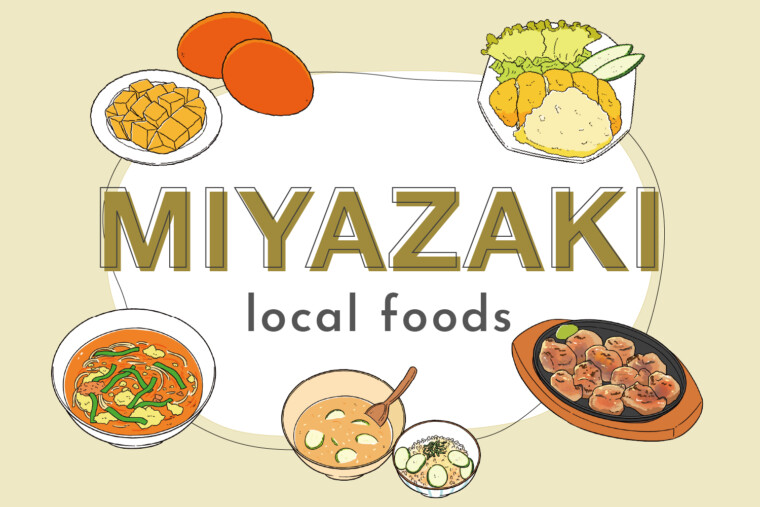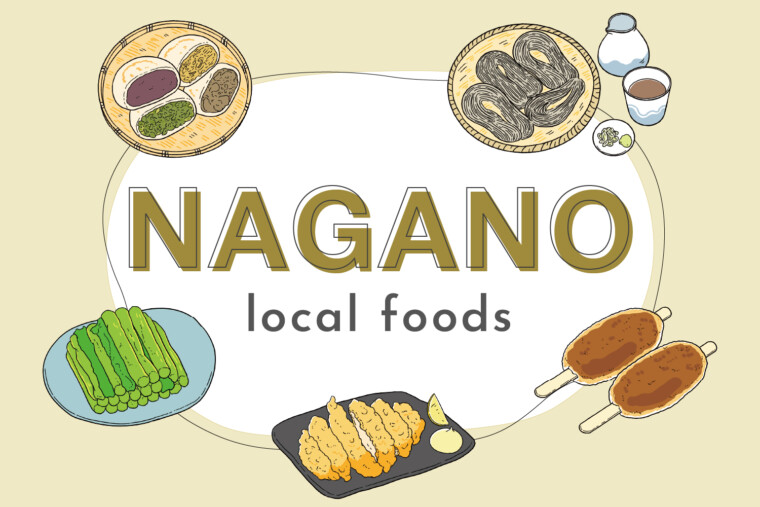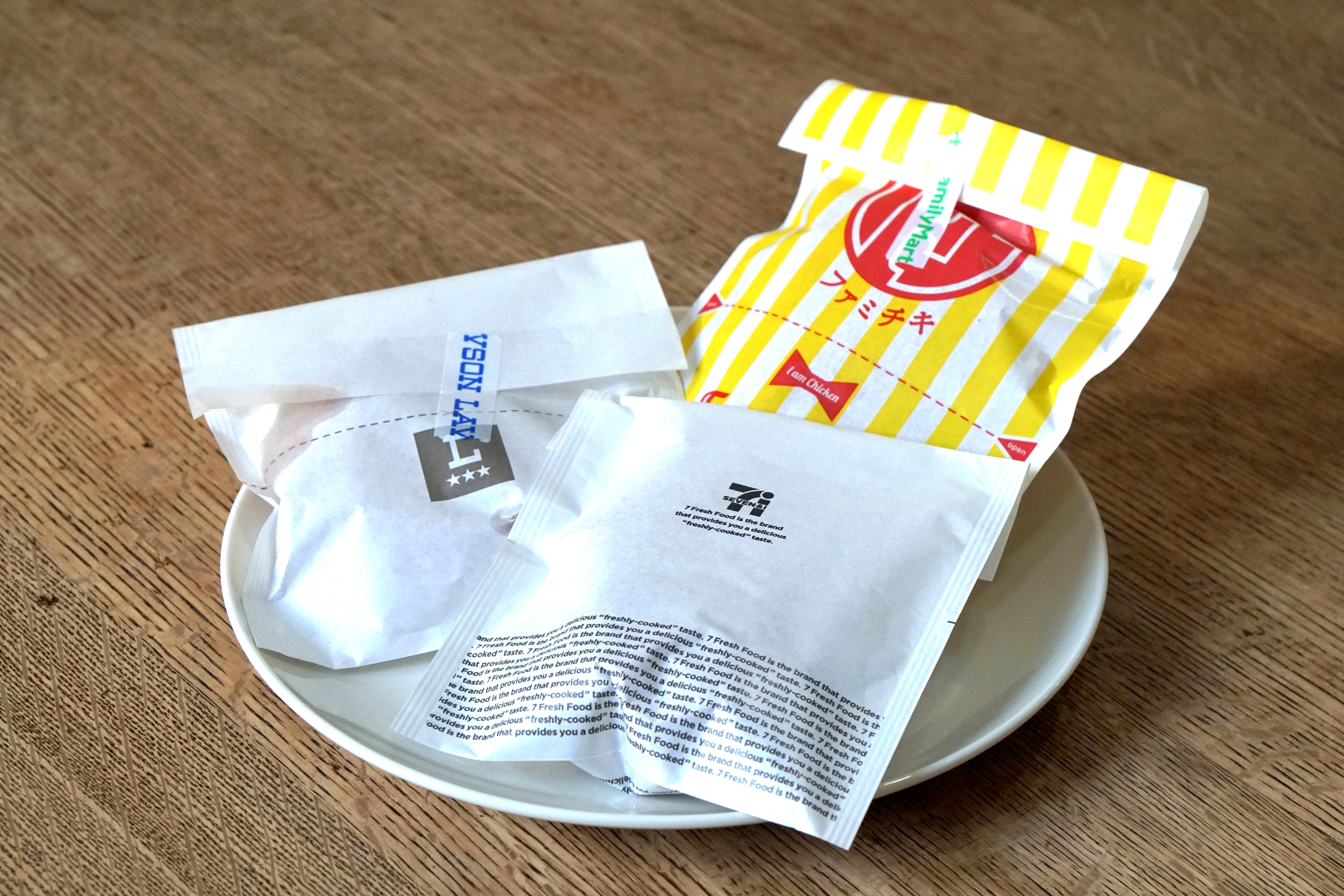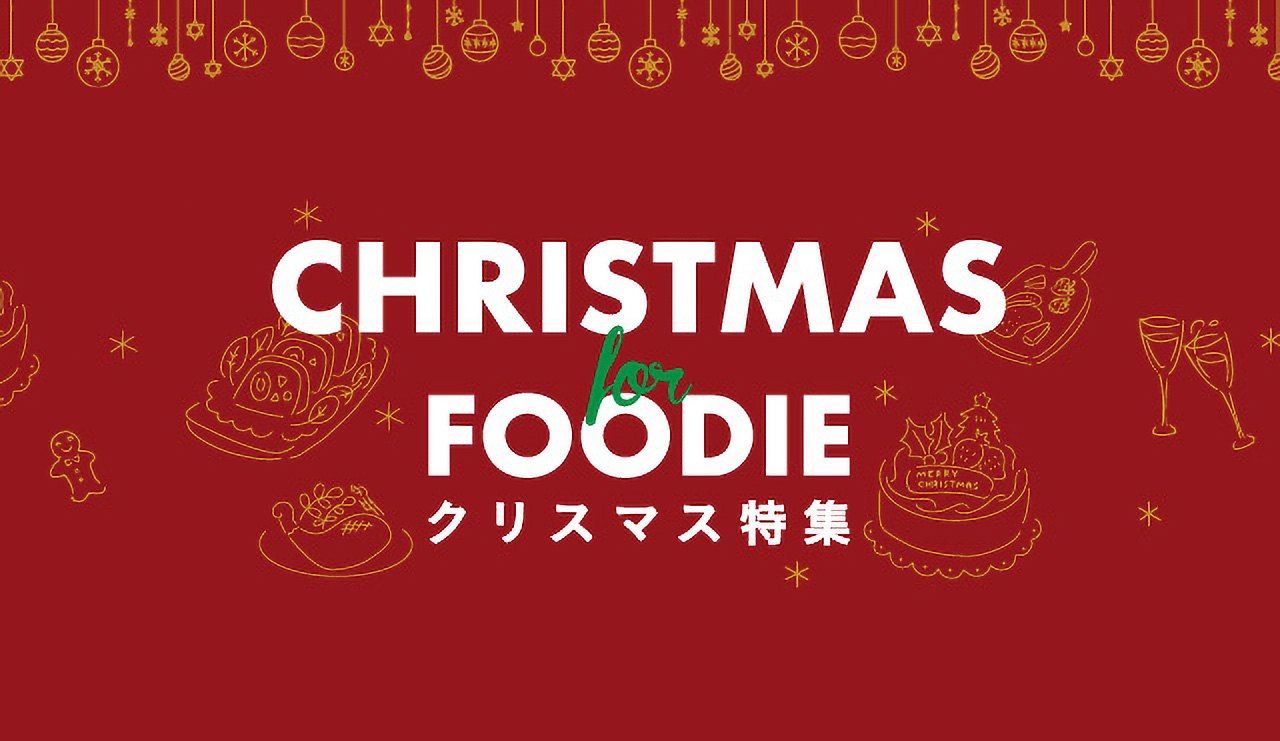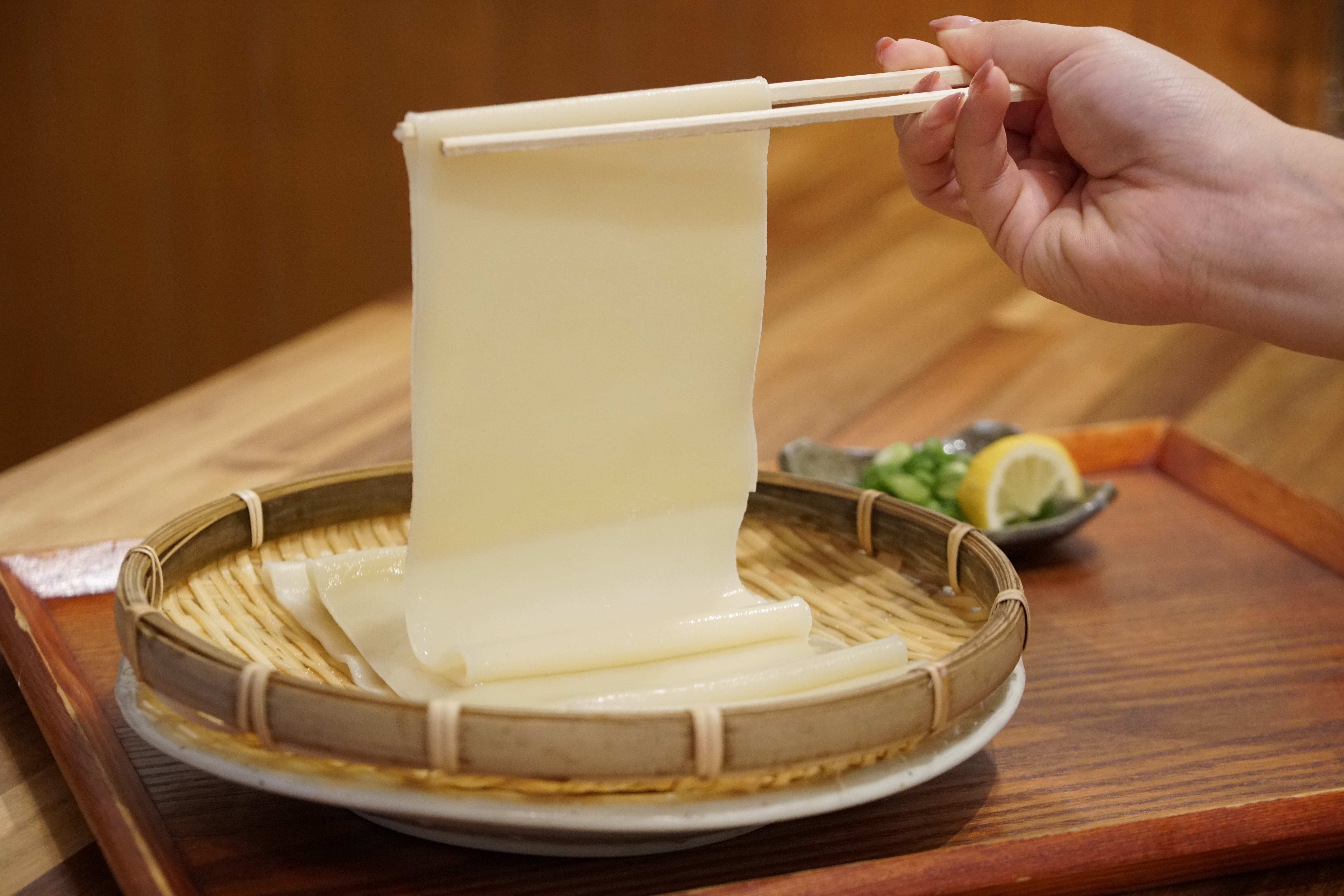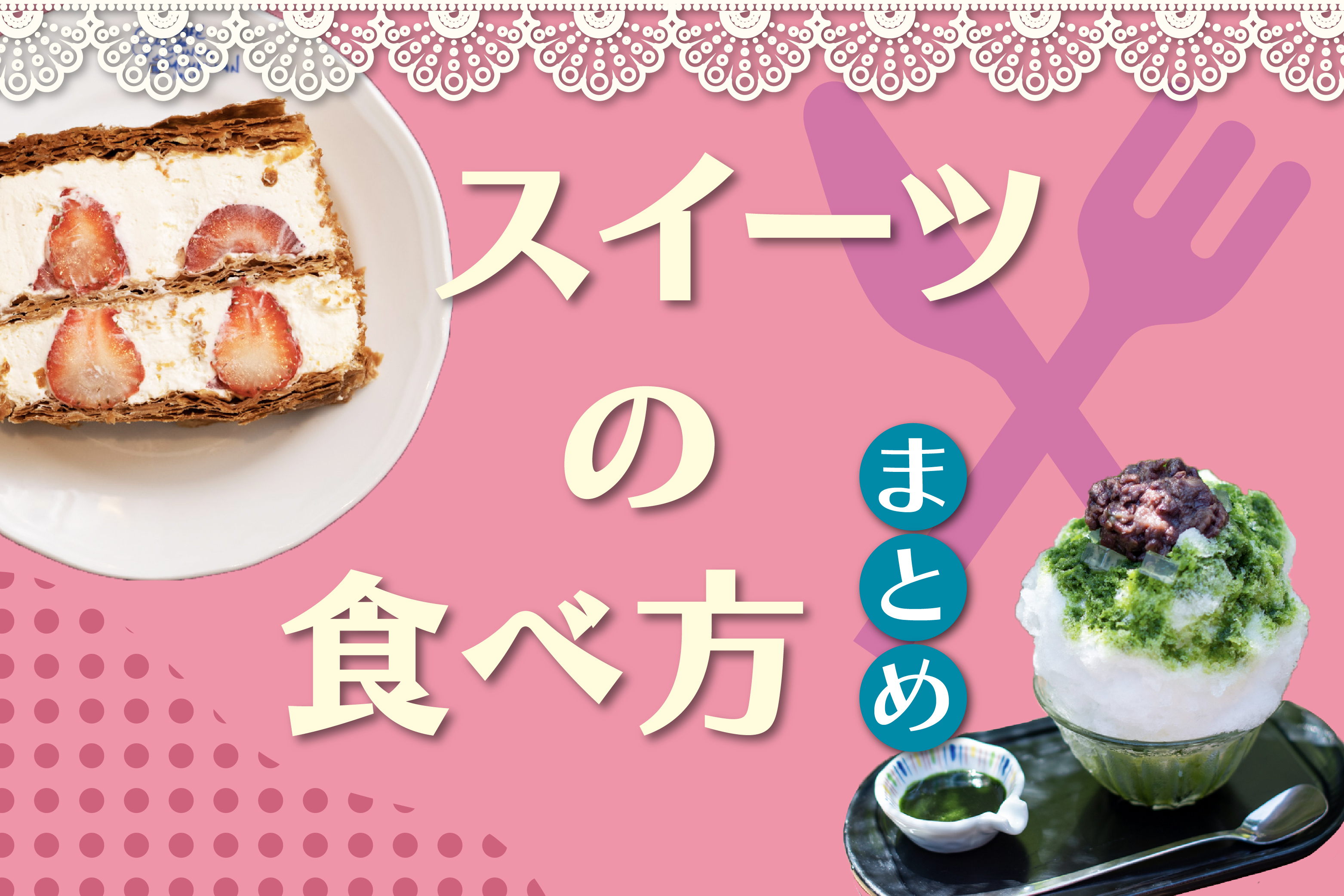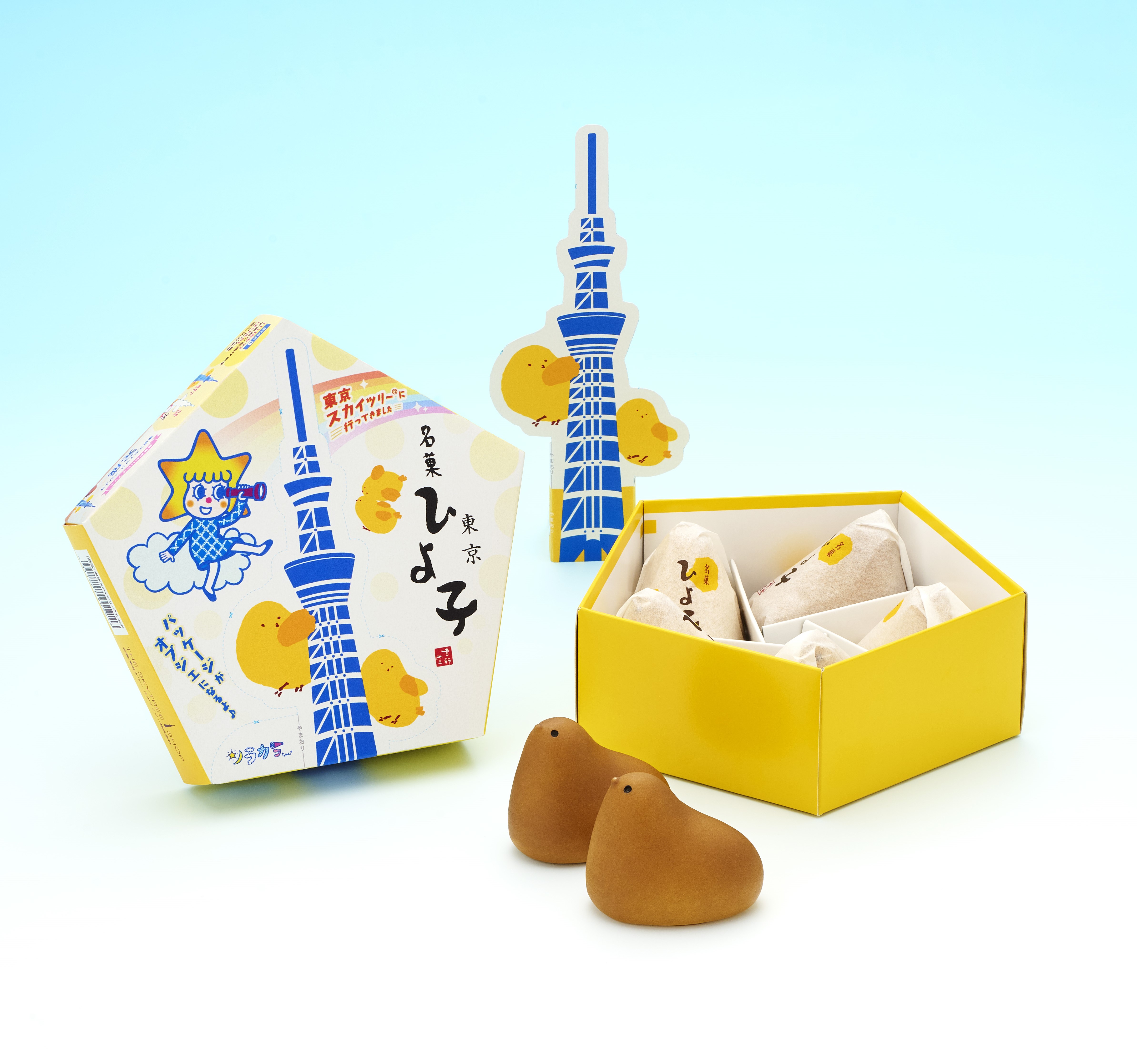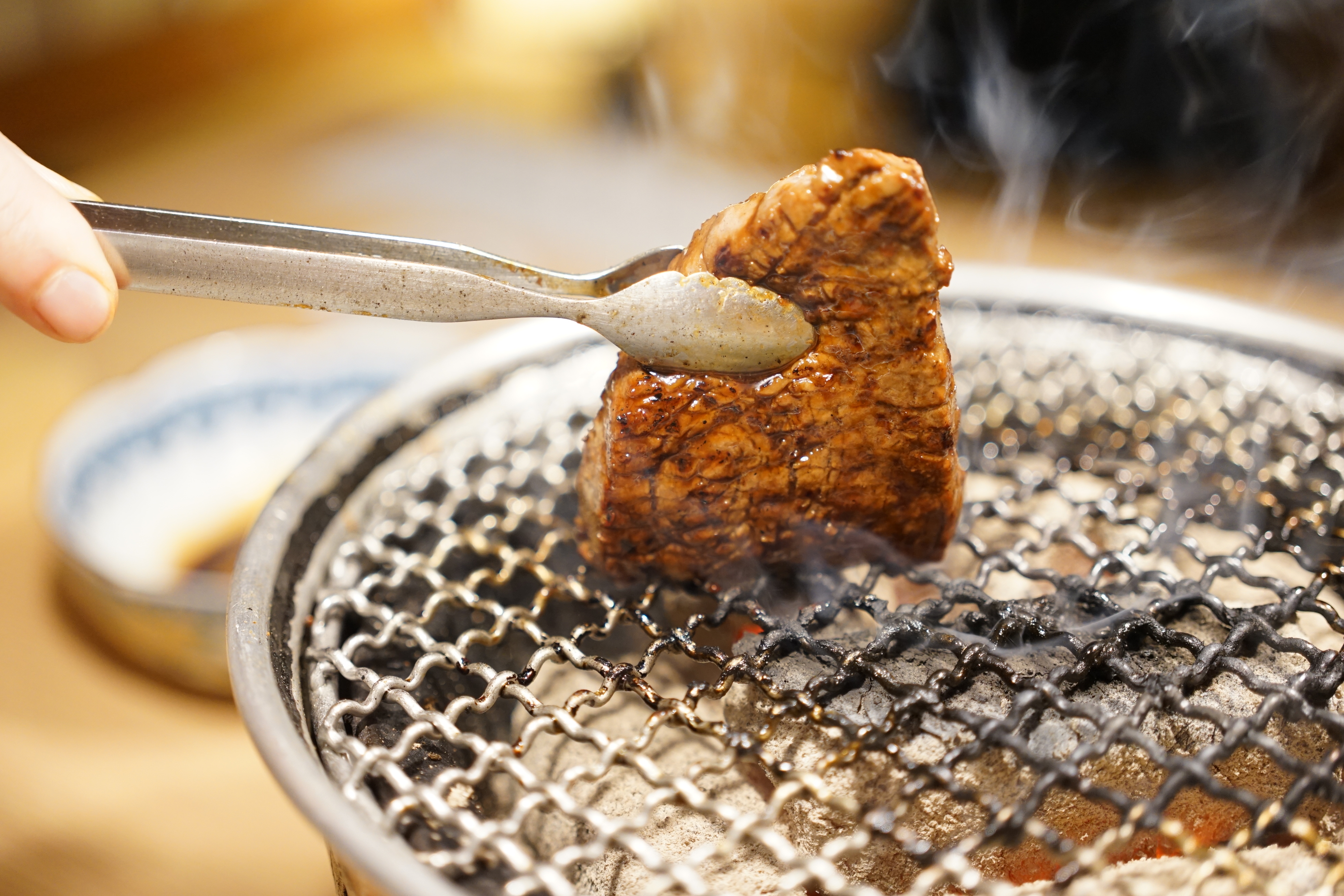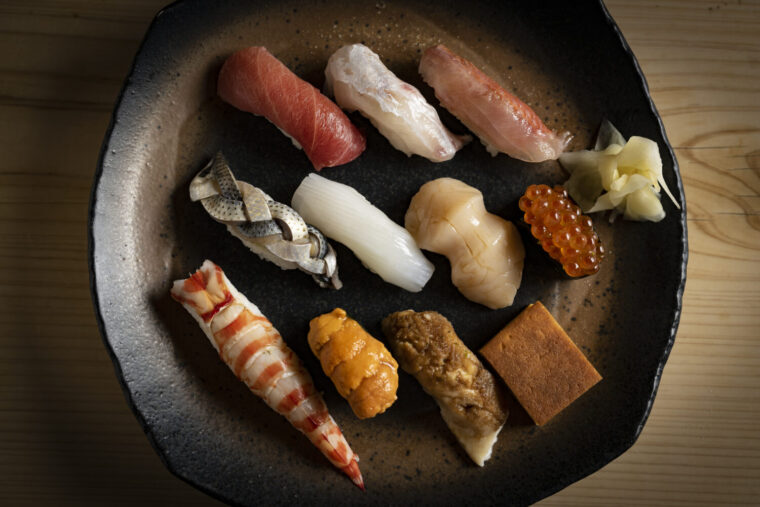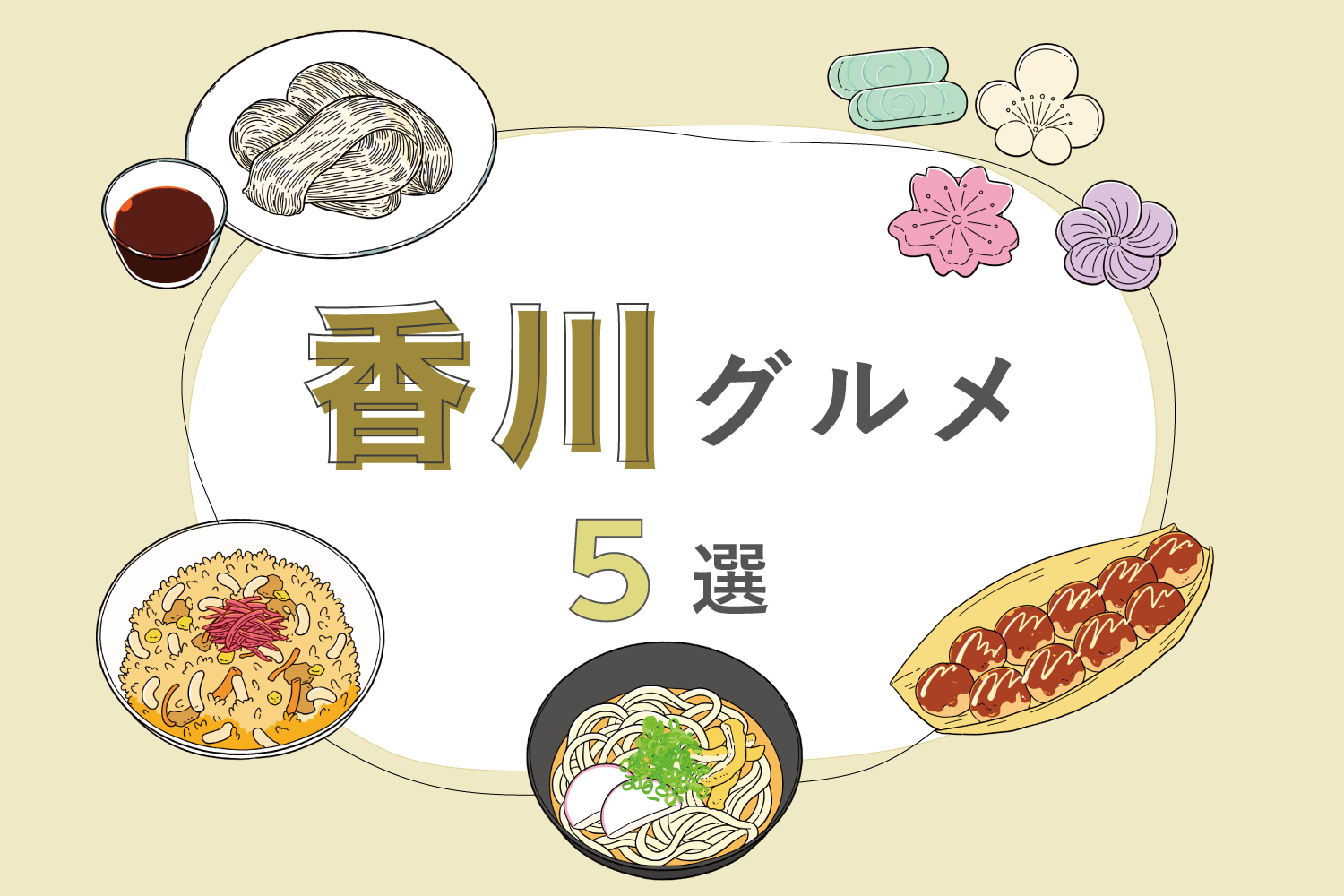
Kagawa Food Guide: Sanuki Udon, Kassha-yaki, Wasanbon, Pippi-meshi & Shodoshima Somen
Kagawa Prefecture is also known as the “Udon Prefecture.” While many people immediately think of Sanuki Udon as its famous specialty, the region is also home to other local products such as hand-stretched somen noodles and Wasanbon sugar. In recent years, Kagawa has also become well known for olive cultivation, with olive oil and pickled olives gaining popularity as souvenirs.
share:
Table of Contents
Sanuki Udon Made with High-Quality Wheat
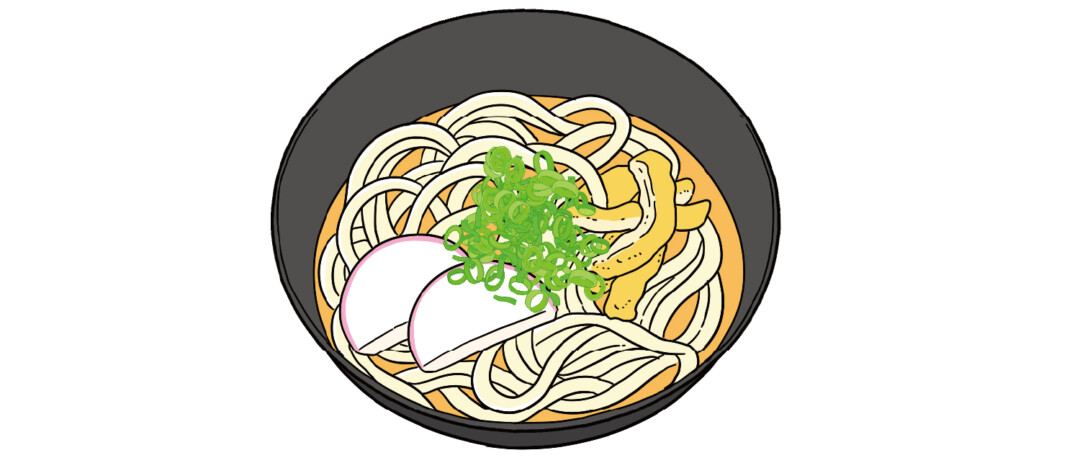
“Sanuki Udon,” widely known nationwide as a specialty of Kagawa Prefecture. Sanuki Udon is characterized by its smooth and chewy texture, thanks to a long resting period after kneading and a high water content. Popular ways to enjoy Sanuki Udon include “Bukkake Udon,” where thick dipping sauce is poured over the noodles, “Kamatama Udon,” where the noodles are mixed with raw egg, and “Zaru Udon,” where freshly boiled noodles are quickly cooled in cold water and served on a bamboo tray.
Like Takoyaki! “Kassha-yaki”
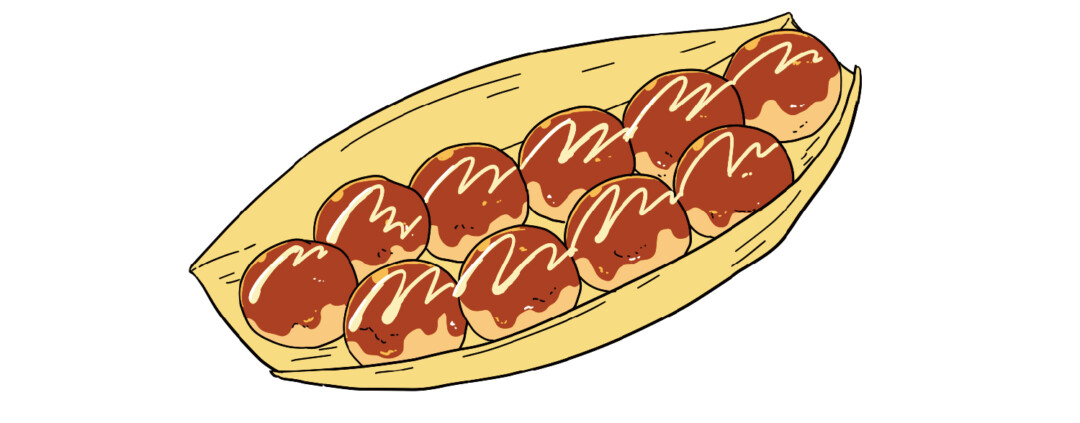
At first glance, “Kassha-yaki” looks just like Takoyaki. However, instead of octopus, it contains curry-flavored chicken. In the past, octopus was difficult to obtain in Kagawa Prefecture, so chicken was used instead when making Takoyaki. Since chicken was called “kashiwa,” the dish was originally known as “Kashiwa-yaki.” Over time, the pronunciation evolved into today’s “Kassha-yaki.” The chicken is marinated in curry for about three days, giving it a spicy, rich flavor that fills your mouth with every bite.
Delightful Colors “Wasanbon”
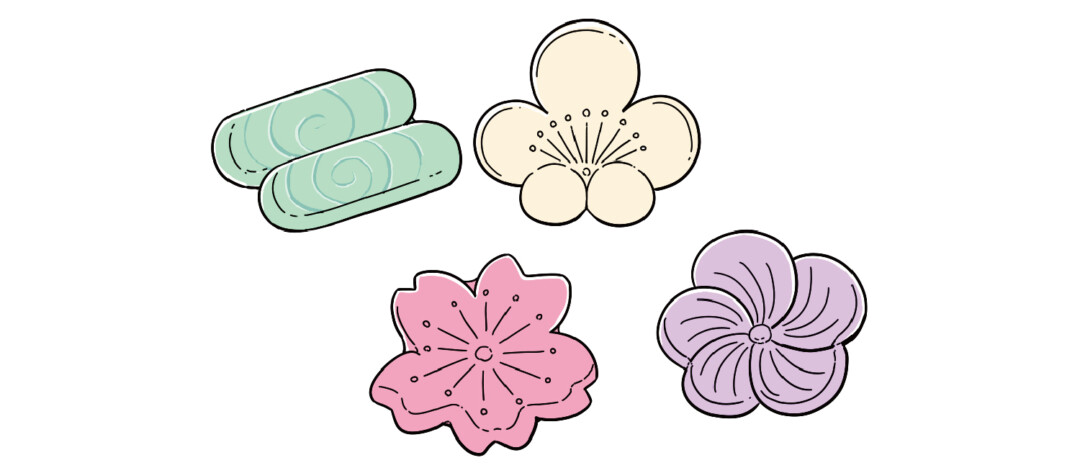
“Wasanbon” has been made since the Edo period. Its main ingredient is sugarcane. Sugarcane grown in Kagawa Prefecture’s warm and relatively dry climate has a mild flavor. At first, locals attempted to make brown sugar with it, but due to climate and geographical conditions, high-quality results were not achieved. Through trial and error, they developed a method of removing molasses, creating the fine, gently sweet Wasanbon. Traditionally, it has been enjoyed as a confection with matcha, but nowadays it is also used in coffee, tea, or as an ingredient in sweets.
Derived from Udon “Pippi-meshi”
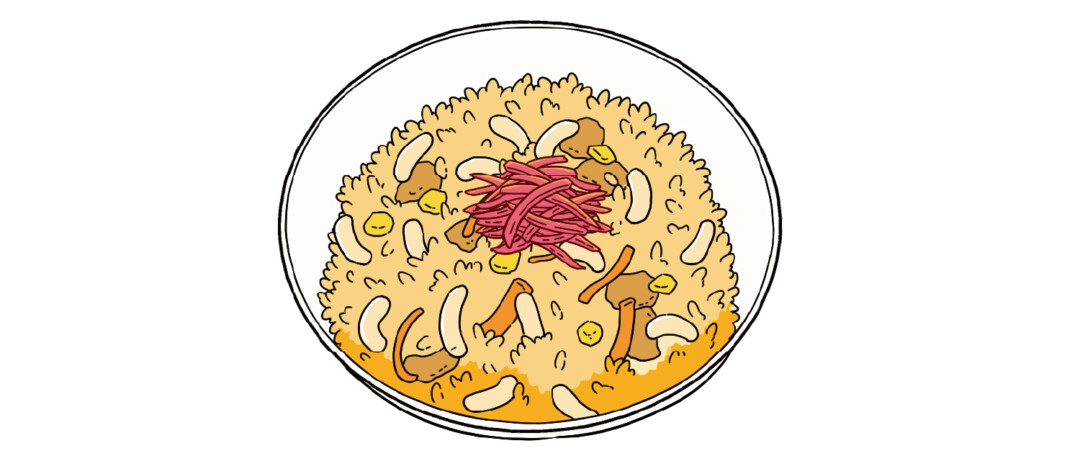
“Pippi-meshi” is a fried rice dish made by stir-frying chopped udon noodles and takuan pickles together with rice, seasoned with dashi. It can also include pork, carrots, and other available ingredients. Not only does it make good use of leftover udon, but by adding vegetables and protein, it becomes a nutritious and clever home-style dish. The crunch and sweetness of takuan add a perfect accent. Incidentally, “pippi” is a word for udon in the Sanuki dialect, especially used when speaking to children.
Packed with Local Flavors “Shodoshima Somen”
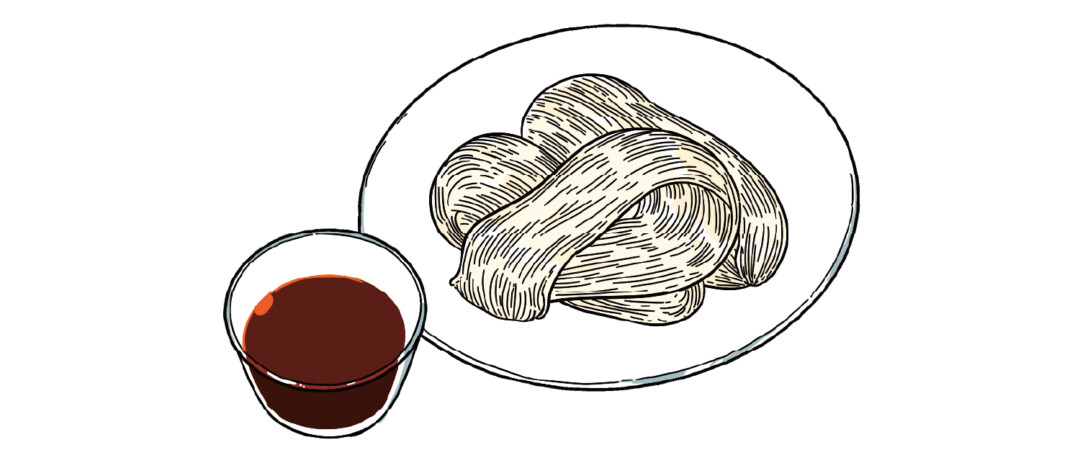
“Hand-stretched somen” from Shodoshima is considered one of Japan’s three great somen varieties. Unlike regular somen, which uses rapeseed oil, Shodoshima somen incorporates sesame oil into the dough. As a result, the noodles have a slightly yellowish color and a distinctive flavor. About 400 years ago, islanders learned somen-making techniques in Miwa, Nara Prefecture, and brought them back to Shodoshima, leading to the birth of hand-stretched somen there. The island’s climate, which produces abundant wheat, sesame oil, and Seto Inland Sea salt, created the ideal conditions for a thriving somen industry.
*The information is based on the time of reporting or creation, and may differ from the current situation.
tags:
share:










